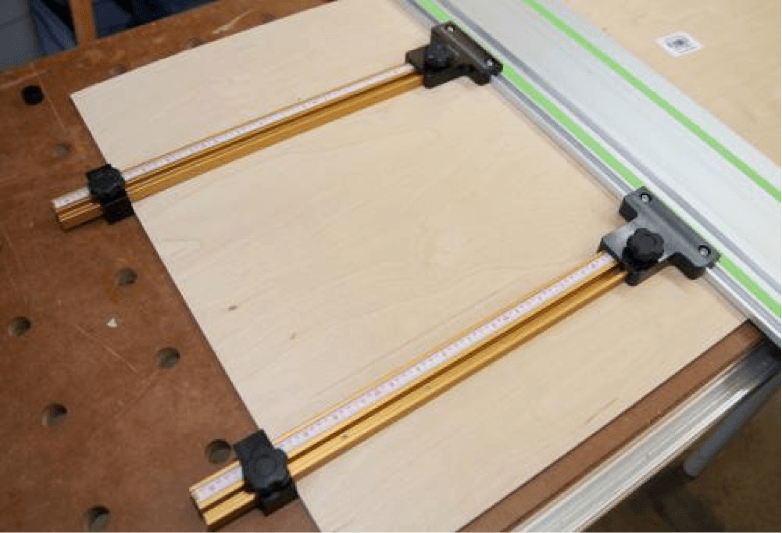Aluminum
Making A Jig With T Track Aluminum Extrusion
For a carpenter or a do-it-yourselfer, having specific tools for the job can make a task a lot easier especially if the project requires a lot of repetition. For example, a job that deals with work with wood and requires you to make the same cut over and over again could be tedious. However, knowing how to make a metal woodworking jig out of t-track aluminum can save on time, stress and a lot of wasted cuts.
At Eagle Mouldings, we understand that not everyone is an expert when it comes to working with t track aluminum.
To help you to make the woodworking aluminum t track you need, and to ensure you are employing proper safety precautions when using your saws, miter tools and even for cutting metal—we have put together some important considerations when planning out how to make your metal jig.
Use the Right Equipment
If you are going to have to cut any type of aluminum, it is important to have the right type of saw and blade. Cutting aluminum with a hand hacksaw will typically leave a jagged and ragged edge that will either need to be filed or otherwise cleaned up—not only to give it a polished finish, but first and foremost to prevent cuts and injuries.
Instead, we suggest using a miter saw with a guide, a sharp carbide-tipped non-ferrous cutting blade.
Scotch-Brite or grinding will be an important next step unless you are using a metal cutting blade. This will remove all the burrs or slight irregularities and leave a smooth, clean finish.
Protecting Your Equipment
To protect your blade, it is important to operate the saw at full speed and avoid pushing the saw through the aluminum. Instead, slowly lower the blade onto the surface of the aluminum and allow the saw to do its job without adding pressure or pushing it too quickly.
T-tracks are also used for miter saw gauges, as well as for router tables and drill press use. With our t track aluminum and your woodworking skills with a router, you can easily create a mini or a standard miter track or even a sliding fixture to allow you to hold the piece where needed.


